body massage with Abhyanga - massage oil from Ayurveda
Abhyanga (massage oil) is one type of dinacharya (daily practice) in Ayurveda. The ancient treatise of Brihat-traya, which first mentions abhyang, refers to three early Sanskrit medical encyclopedias. About the oil massage is said in Lagu-tra, a newer version of the encyclopedia, as a way of maintaining not only good health but also general wellbeing. Ayurveda doctors claim that Abhyanga not only improves the condition of dry hair and peeling skin, but maintains the dhatus (body tissue), restores unbalanced doshas in equilibrium.
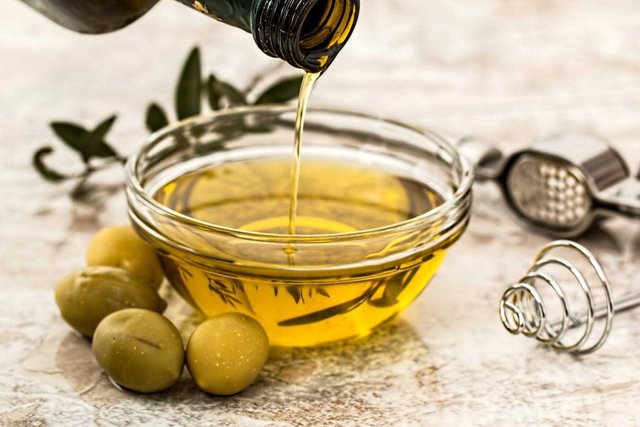
Abhyang can be considered as part of purification therapy known as panchakarma. This is especially true for the first stage, when the purva karma is done - the initial preparation. This procedure can be combined with subsequent body warming. Massage can be done either with the help of specialists, and without assistance - independently.
According to the ancient treatise, the procedure of abhyang is required to remove ama through the skin, and also for purification and wetting. The oil used for the procedure may vary depending on the season and the prakrti (nature) of the human. Most often, sesame oil and coconut oil are used for massage.
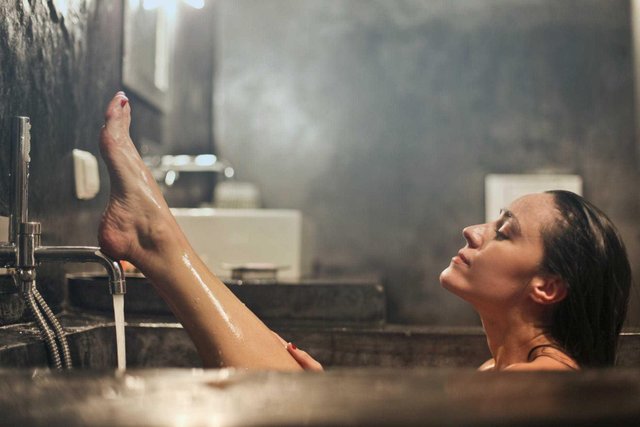
Abhyang can be done not only with oil: there is a massage variant with herbal paste or vegetable powder. It depends on which doshas you need to work on. First of all, the oil massage helps to balance the vata-dosu, and then - pitta and kapha.
Abhyanga massage is divided into several types: sarvanga (full body massage); head massage; foot massage; massage of marma (influencing biological active point) and postnatal Ayurvedic massage.
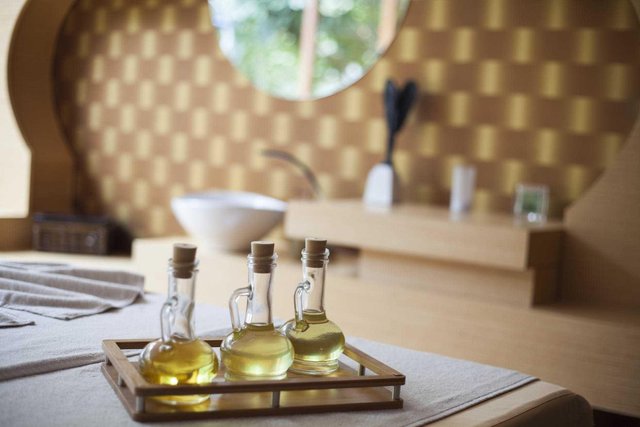
The choice of oil for massage depends only on the human dosha; that is, of the constitution of his body. So, for vata-dosha better use sesame oil, olive oil and castor oil. If pitta dosha is the dominant one, then the coconut or sunflower oil is more suitable. For the body with kapha-dosha, the most suitable is mustard, corn or olive oil. In addition, different oils can be used for various body parts.
It's allowed to do oiling by the zone. As herbal supplements more often than others are used guduchi, haritaki, licorice and ginger. You can use for massage and essential oils, which must first be dissolved in a vegetable base oil base (best in 1:50 ratio).
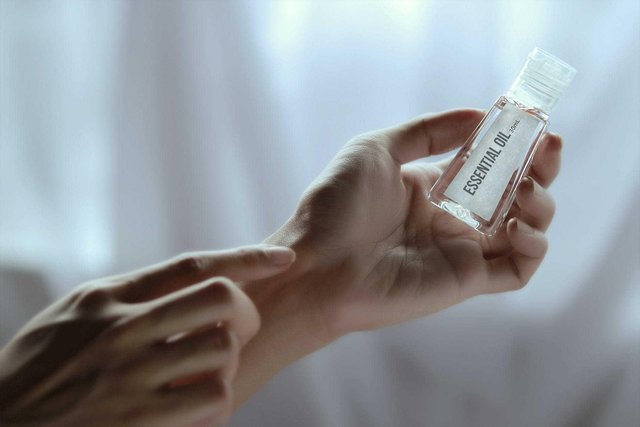
For the Abhyang procedure, the oil is 40-50 ml. heated in bath water up to body temperature or slightly higher. Then applied by hand, starting from the head, in a circular motion, moving from top to bottom. General rule: the oil is applied to the hair growth line. On average, massage should be done for 10-15 minutes, and then let the oil on the body stand for 15-20 minutes.
Do not wash oil with detergent. This is enough to wet the excess with a towel, and then bathe with a special paste made, for example, from flax or trifal powder. It is advisable to wash your hair with herbal shampoo.
It is worth noting that the Ayurvedic treaty does not contain a detailed description of the procedure relating to abhyang. Mentioned only the most common - Samakhan (soft friction), chidane (squeezing), Mardan - massage under pressure, which best suits modern massage techniques. Most likely, abhyanga is a very common procedure at the time of writing this treatise so there is no need to describe the technique in detail.
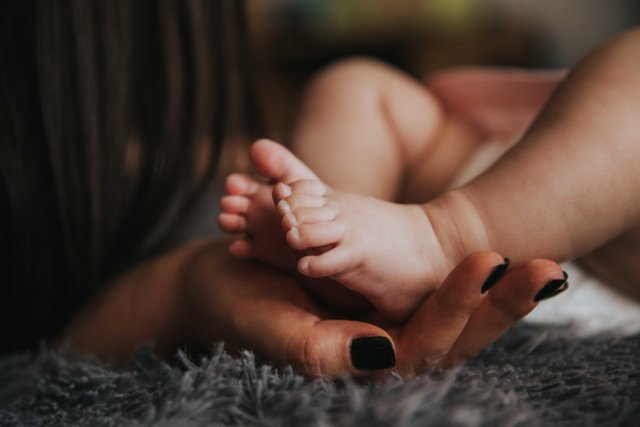
For centuries, Ayurvedic doctors have developed various massage techniques. Thus, marma massages (such as foot massage) have traditionally been used to treat the soldiers. These techniques are concealed and strictly protected.
The uniqueness of this massage is that the masseur, using support, balance on the client's body, which is relying on the carpet on the hard floor. This technique requires a lot of attention to keep the balance of duration and pressure at the active points. Then the body is massaged from the neck to the toes, using the appropriate oil previously. Such a massage reduces pain, stiffness and edema, restores flexibility. This method has traditionally been transmitted exclusively from teacher to student.
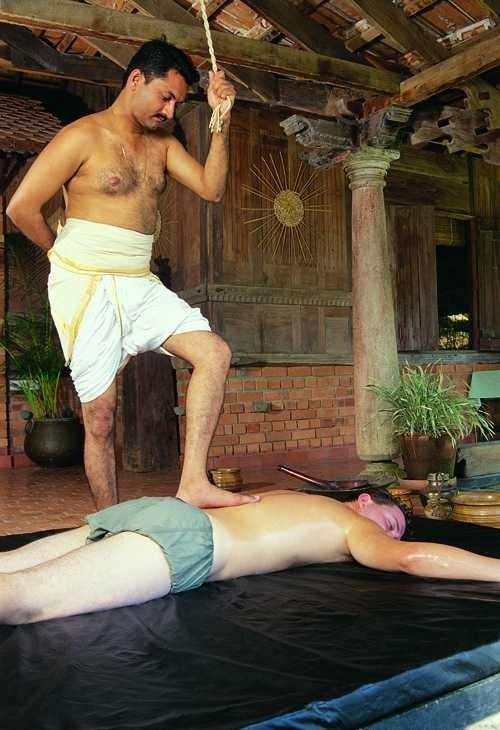
Abhyanga increases as jatar-agni (digestive fire), and tejas (spiritual power). This massage also enhances the functioning of the lymphatic and immune systems, slowing down the aging process, moisturizing the skin, improving sleep, strengthening muscles and Vision.
However, such effective procedures have contraindications. Not recommended abhyanga people with pathological kapha (with shortness of breath and edema). Also need to exclude it and to those who pass your panchakarmu in a rigid variant. In addition, this massage is not good for all acute conditions of the body, including critical days in women. In this case, it is necessary to overcome the state of the crisis and only then proceed to the recovery procedure
Congratulations! This post has been upvoted from the communal account, @minnowsupport, by badriadi83 from the Minnow Support Project. It's a witness project run by aggroed, ausbitbank, teamsteem, theprophet0, someguy123, neoxian, followbtcnews, and netuoso. The goal is to help Steemit grow by supporting Minnows. Please find us at the Peace, Abundance, and Liberty Network (PALnet) Discord Channel. It's a completely public and open space to all members of the Steemit community who voluntarily choose to be there.
If you would like to delegate to the Minnow Support Project you can do so by clicking on the following links: 50SP, 100SP, 250SP, 500SP, 1000SP, 5000SP.
Be sure to leave at least 50SP undelegated on your account.